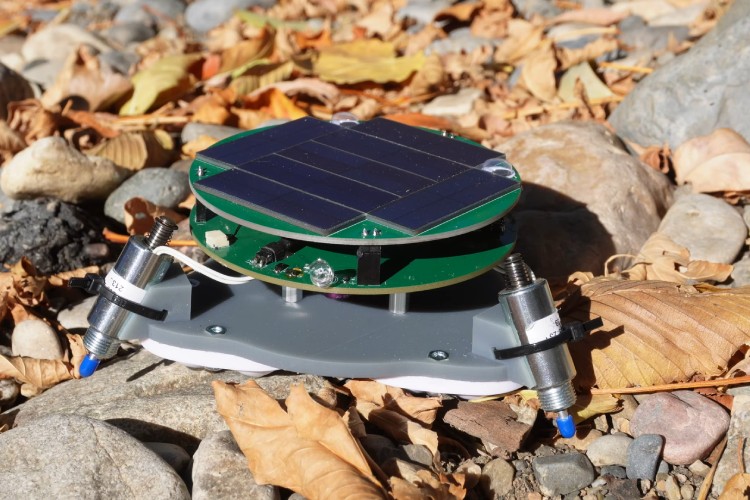
During the late 1990s and early 2000s, BEAM bots gained immense popularity among hobbyists and tinkerers, captivating the DIY robotics community with their simplicity and ingenuity. These minimalist robots, named for their foundation in Biology, Electronics, Aesthetics, and Mechanics, became a staple in robotics clubs and maker fairs, celebrated for their ability to mimic natural behaviours like light-seeking or obstacle avoidance without relying on microcontrollers. Built from readily available components like solar panels and salvaged electronic parts, BEAM bots offered an affordable and creative way to dive into the world of robotics. Even in today's high-tech landscape of advanced robots, BEAM bots remain a compelling choice for enthusiasts and beginners due to their accessibility and simplicity.

Recently, YouTuber Michael Krzyzaniak introduced a modern twist to the classic BEAM bot concept with his innovative light-seeker bot. Powered by a supercapacitor charged via solar cells, Michael’s creation incorporates clever energy management using a TPS3710 voltage detector IC. This IC ensures the bot operates efficiently by enabling an onboard voltage regulator only when the supercapacitor reaches a sufficient charge. The bot shuts down automatically when the voltage drops below a set threshold, conserving energy until the capacitor recharges. To navigate, Michael employed three photodiodes to detect light direction, feeding their readings to an ATtiny402 microcontroller. The microcontroller intelligently controls three solenoids, enabling the bot to move toward the light source. Mounted on a 3D-printed bracket equipped with swivel wheels for smooth motion, the bot showcases an elegant design. In his YouTube video, Michael provides a comprehensive overview, detailing every step of the bot's development, from initial design considerations to final testing.

